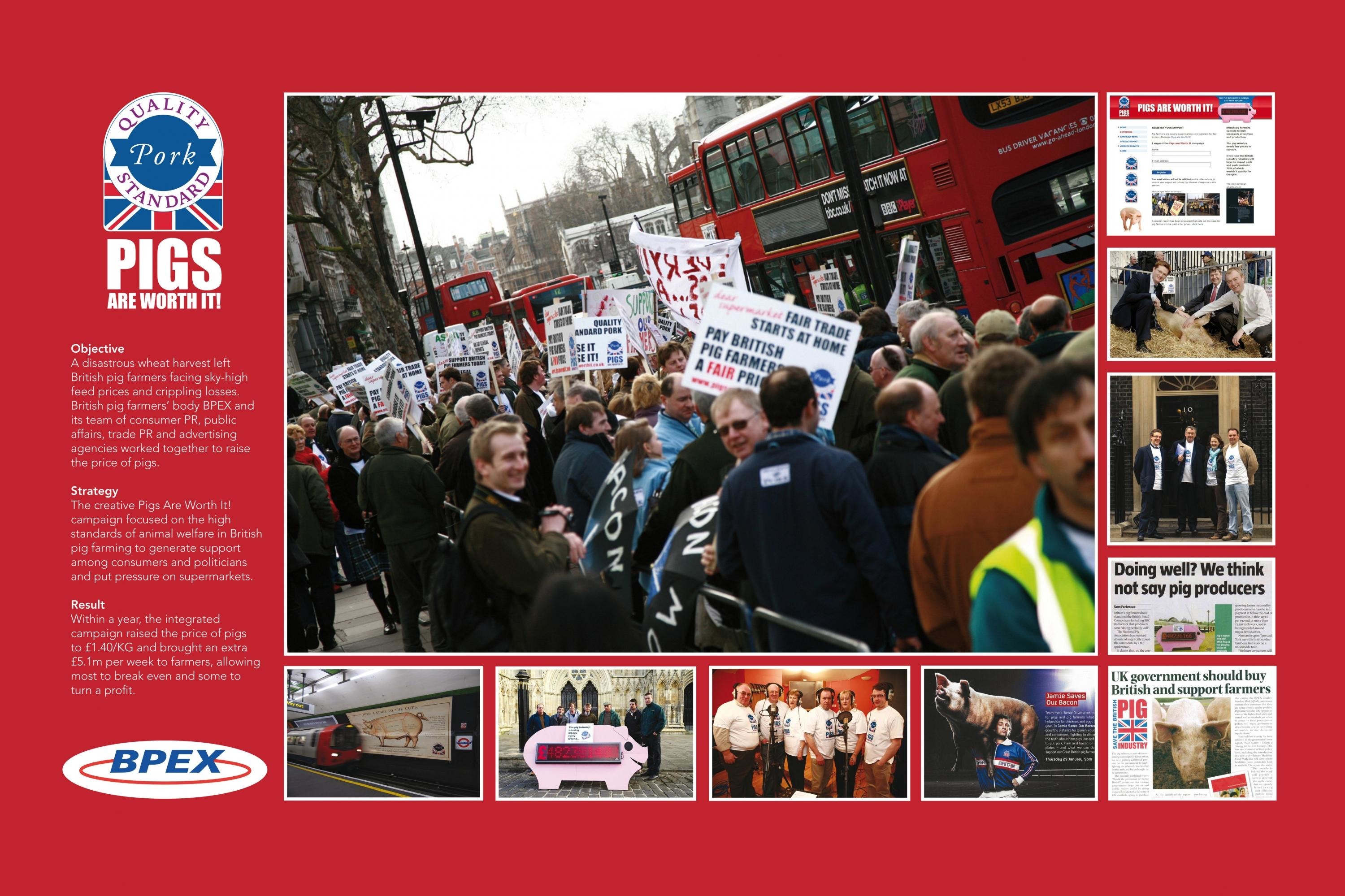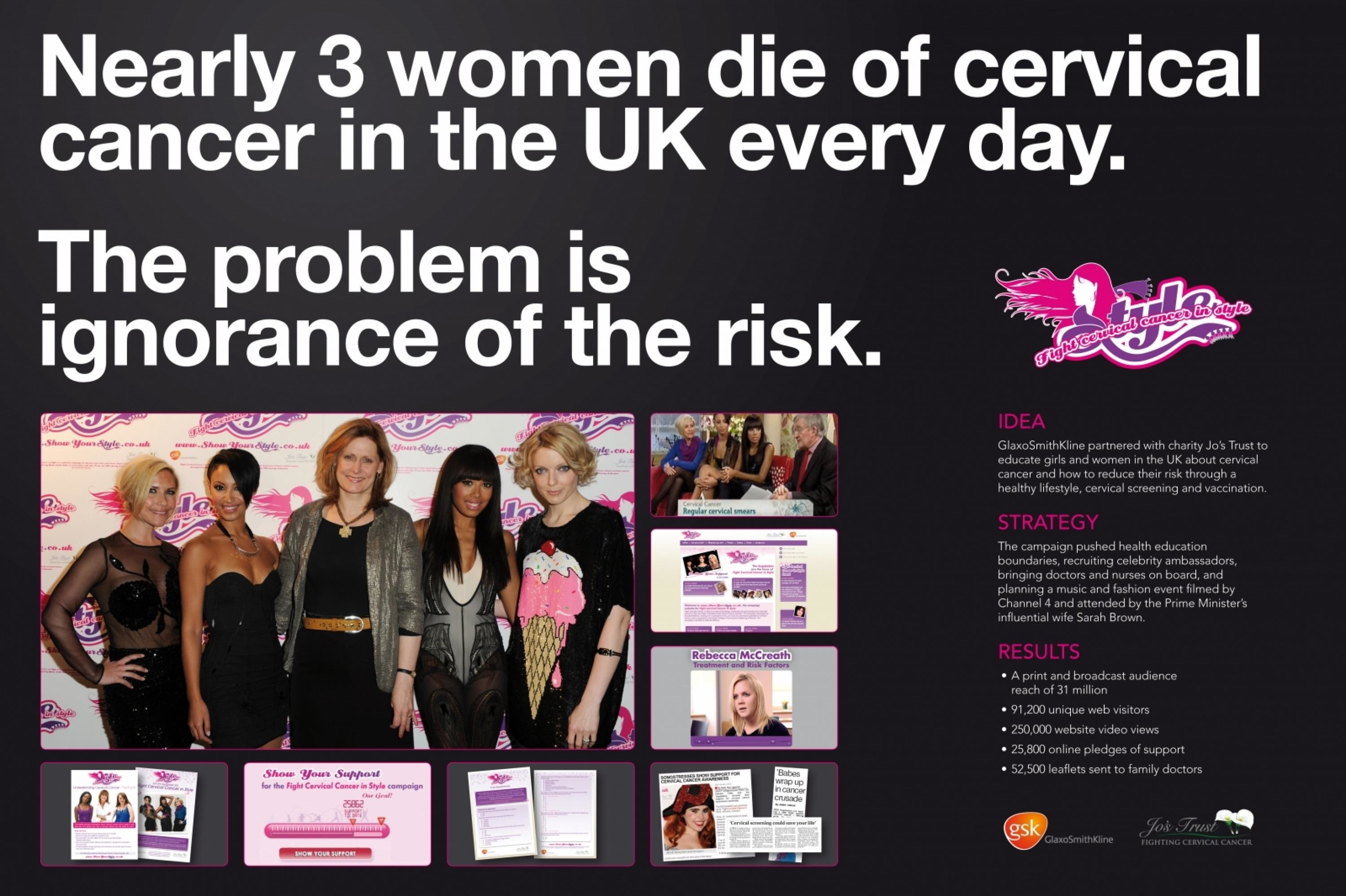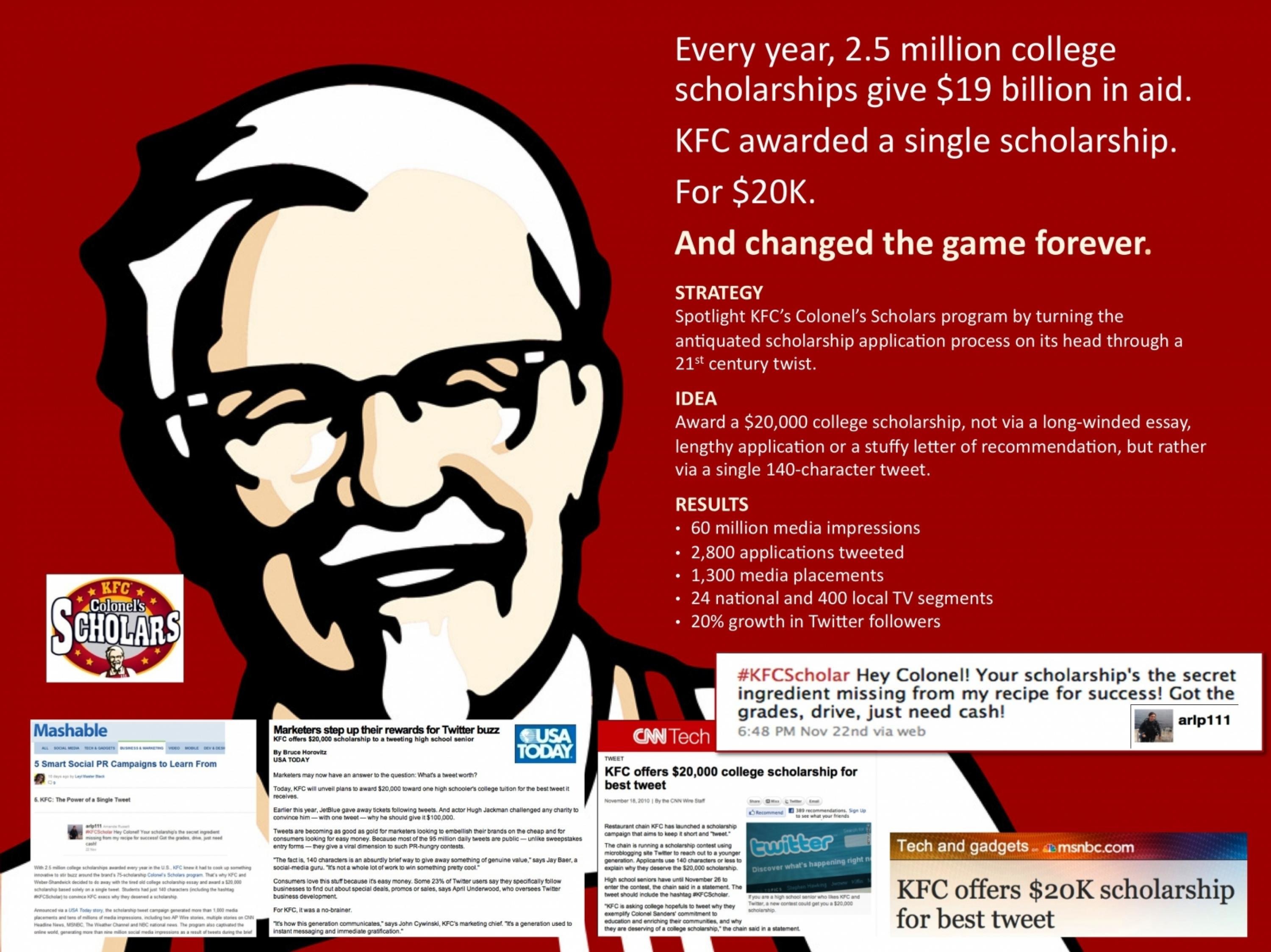PR > Techniques
RAILROAD TIES
WEBER SHANDWICK, New York / ANCESTRY / 2019
Awards:


Overview
Credits
Overview
Why is this work relevant for PR?
With three decades of experience and a collection of 20 billion family history records, Ancestry helps people connect the dots of their own records and uncover amazing stories that may not have otherwise been told.
At a time when America is bitterly divided about how to treat their fellow man, the Underground Railroad embodies connection, and the heroism of people going to great lengths to do the right thing for total strangers. Railroad Ties, a story that showcases how we’re all more connected than we may think, was timely and important to tell.
Background
Slavery was legal in the United States until 1865. The enslaved were considered property without full citizenship and the right to an education. Once purchased, their families might be separated and their names changed, which resulted in many histories being lost.
Thousands of slaves escaped to freedom along The Underground Railroad, a network of secret routes and safe houses. Escaping, or helping a slave to escape, could result in imprisonment or death, making it critical that both enslaved people and those trying to help them, left no trace of their efforts. Some slaves – like those in our story – disguised their gender, changed their name, or passed for white.
These tactics also complicated tracking family histories over time.
Enter Ancestry. As the leading family history company, Ancestry was uniquely qualified to use our data to uncover and celebrate long-hidden stories.
Describe the creative idea
Birth, death and marriage certificates, census records, news articles, obituaries and generations of lineage from publicly-shared family trees.
They’re all part of Ancestry’s unsurpassed archives.
We demonstrated the power of this historical data in today’s easy-to-feel-disconnected world. For many, seeking a deeper understanding of your family history can help you feel more connected.
We mined our historical data to recover the lost histories of the descendants of escaped slaves to reveal previously-unknown connections to each other, and to the descendants of the abolitionists who helped them along the way. We brought these families together to meet for the first time at Plymouth Church in Brooklyn, New York, now known as the Grand Central Depot of the Underground Railroad.
In a short-form documentary called Railroad Ties, individual historical records came to life as emotional stories of self-discovery.
Describe the PR strategy
The typical family tree starts today with known names and established relationships. We didn’t have that luxury.
We started by examining records from 1860, predominantly newspapers and obituaries, ultimately narrowing from the thousands of slaves escaping along the Underground Railroad to those who specifically came through a single network in Brooklyn, NY. Twelve Ancestry historians worked full- time for several weeks, confirming connections as they traced paths, many leading to dead-ends until finally unearthing seven families whose records revealed the connections we’d been searching for.
Working with SundanceTV and Sacha Jenkins, a documentarian who focuses on identity in America, strategically lent credibility and broad distribution of Railroad Ties. This partnership allowed the film to premiere at the Sundance Film Festival, as well multiple airings on Sundance TV and AMC – both of which squarely reach Ancestry’s target audience of educated consumers 45+ with HHI of $100,000+.
Describe the PR execution
We embarked on an awareness campaign to spread the word about the film with national and local media. The uniquely personal experiences of the cast provided media with deep insight to the superior quality of the product and unparalleled depth of records only Ancestry can provide. The campaign kicked-off with media at the Sundance Film Festival and culminated with an in-depth segment on CBS This Morning featuring the descendants and a detailed dive into their experience during and after filming.
Timeline: We prepped, cast, shot and posted the film in under 8- weeks.
Placement/Scale: The documentary aired at Sundance on television, online, and a trailer ran in theaters.
List the results
CONSUMER EXPERIENCE
2 million documentary views
284 million+ media impressions
Social outperformed average channel content by 4.5x.
Average pre-/post- category interest in every demographic, +7%. Source: NRG study
BEHAVIOR CHANGE
146% increase in searches for Ancestry Source: Google
9 in 10 African American viewers wanted to know more about their family history – a notable statistic given this audience traditionally does not look into family history due to obstacles uncovering records and/or the fear of painful discoveries Source: NRG study
BUSINESS IMPACT
10% increase in site traffic directly attributed to the film Source: Ancestry
83% would consider using Ancestry Source: NRG study
More Entries from Content-led Engagement & Marketing in PR
24 items
More Entries from WEBER SHANDWICK
24 items











